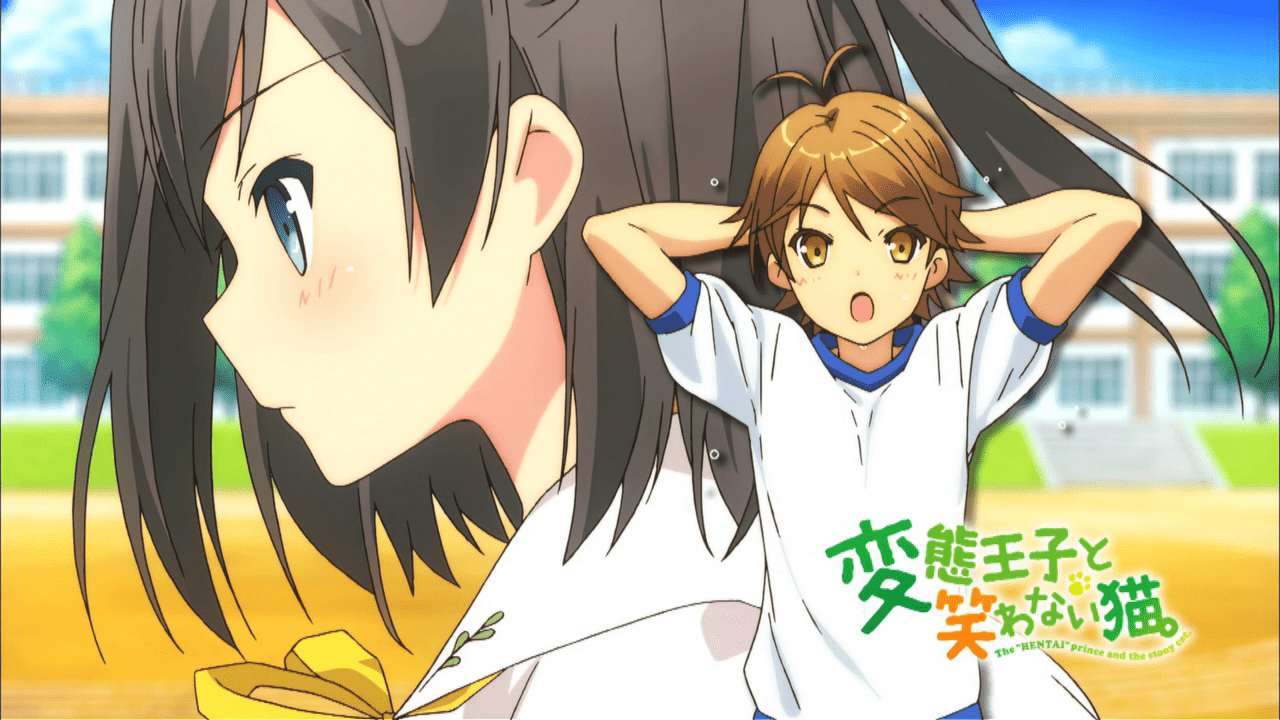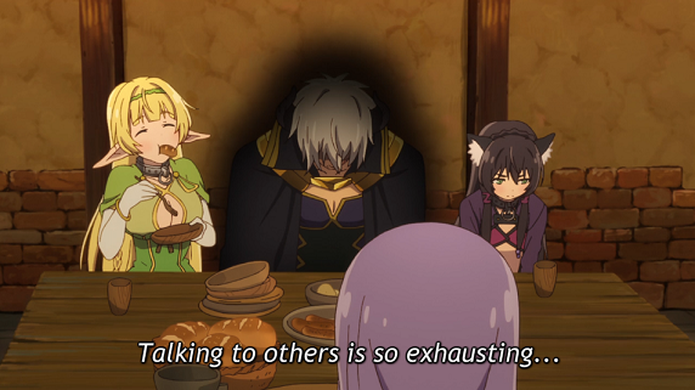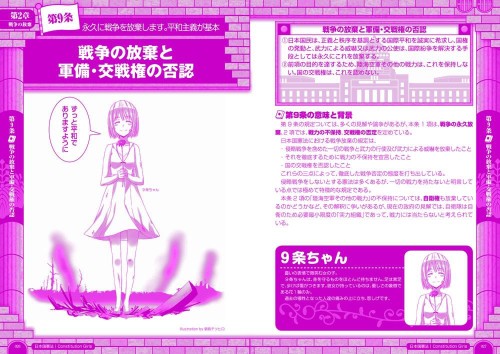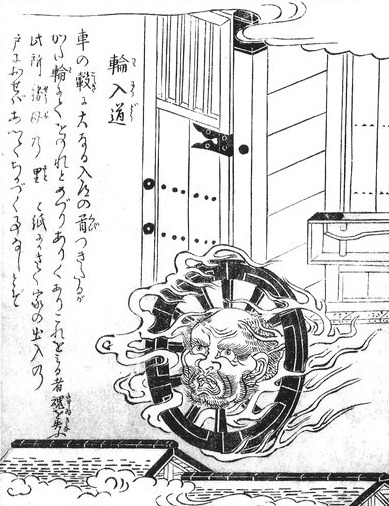
Beheneko: The Elf-Girl’s Cat is Secretly an S-Ranked Monster! beyond being a mouthful is also an ecchi, uh, handful. For the longest time I’ve avoided ecchi stories. They weren’t my thing, and they remain not my thing. But as an anime writer and armchair academic, this genre has been a blindspot for me. I’ve watched some in the past like High School DxD, but my ability to analyze the genre is limited. But I’ve noticed the genre caters to men–I’m aware Boy’s Love straddles (pun intended) ecchi and other genres–with certain size preferences. Buxom doesn’t describe the exaggeration. But, interestingly, ecchi breast designs, like those in Beheneko–and bare breasts and nipples appear often in this story. Beheneko and ecchi in general frames these scenes and character designs in voyeuristic and titillating ways. That’s the purpose of the genre, after all! I’ve already written a few articles about why breast attraction may be mostly cultural.
Beheneko is a pseudo-isekai. The story opens with a knight who dies and is reborn back into his own world as a behemoth kitten. In this world, behemoths stand as one of the strongest monsters, and he has the ability to gain skills from monsters he eats. He soon encounters the story’s main girl, an elf girl named Aria who names him Tama and adopts him as a pet, thinking he’s an elemental cat. He falls in love with her and protects her with his powers while still respecting her desire to become a stronger warrior herself. And this dynamic is more interesting than Aria’s breast dynamics. Tama can nuke all threats to Aria and the other girls he collects in his harem. But he doesn’t. He often stands back and allows Aria and the other girls to put themselves at risk in battles so they can achieve their shonen-style goal of becoming stronger. In Aria’s case, she witnesses a female elven hero save her town from an attack, and this inspires her to become an adventurer herself: so she can protect people as she was protected. This drives her desire to train, and Tama, as a knight with a similar goal in his previous life, understands. So he stands back and respects her autonomy and goals.
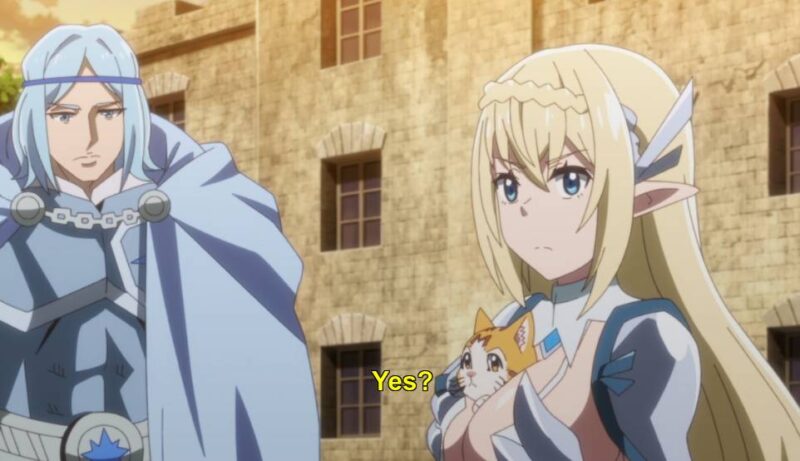
Beheneko has a bit more going for it than massive mammaries. But the story crosses into some questionable territory. In their world, elemental cats can mate with humans and elves and create half-beast people like Aria’s friend and capable blacksmith Vulcan. Bestiality is a logical explanation for beast-people, but few fantasy stories say the obvious part out loud. Tama’s harem spans: Aria, Vulcan, Stella, Lily, and Feri. Aria leaves no doubt that she wants to have sex with Tama when he’s mature enough to do so. Vulcan also becomes attracted to Tama, which is understandable considering she’s half-elemental cat herself. Stella is more complicated. She begins as an Earth Dragon who Tama kills in order to save Aria from a curse. She reincarnates as a half-dragon, half-human with a female boner for Tama because he was the only one strong enough to make her submit. But Stella has more going for her than this. She has to learn how to live as a demi-human, learning how to conduct herself in civilization and control her lingering dragon instincts. She also comes to befriend Aria and Vulcan and learns how to work with them as a team rather than living alone as she had as a dragon.
And then there’s Lily and Feri. As fae, they don’t know how to function in human society, and they are targeted by humans because of their immense magical powers. Lily has a mature design while Feri falls squarely into the loli-realm. During the bathing scenes, Feri isn’t sexualized as the mature-designed women are. Her nudity is treated as more matter-of-fact, but the fact she’s a loli-design remains questionable no matter her advanced age as a dryad. Now what makes a lolita character lolita isn’t her breast size or even her face design. Feri’s face design isn’t that much younger than Aria’s. Rather, her waist-to-hip ratio is what makes Feri a lolita. Small-chested women still look like women because they have a mature-ranged waist-to-hip ratio, marking her as sexually of age. This is why, for example, Bleach’s Rukia still looks like a woman and not as a pre-teen. Behavior also factors into the equation, but in Lily and Feri’s case, their young-girl behavior and innocence is a part of their character arc of learning human culture. It comes off as a bit questionable in Feri’s case but it’s understandable in the context of the narrative.
Beyond the character arcs, the plot divides into small arcs falling into the typical RPG-game quests, such as hunting down a boss monster or escorting someone to a town. This sketches the world, which aligns with standard fantasy tropes, and gives the characters a chance to interact with each other and grow. The plot develops into cosmic battle trope of stopping a dark god from reviving and protecting the world. Nothing new here, but it gives the characters something to do and goals to grow toward.
Beheneko‘s gay men deserve a mention. Anna is the guild master of Aria’s guild. He wears makeup and an outfit that is as revealing as the rest of the female cast. He serves as a motherly and fatherly figure wrapped into one. Anna comes off as a stereotype. But Anna’s speaking pattern falls into studied patterns. In fact, allow me to digress into this for a moment.
Digression: Gay Speech Pattern Research
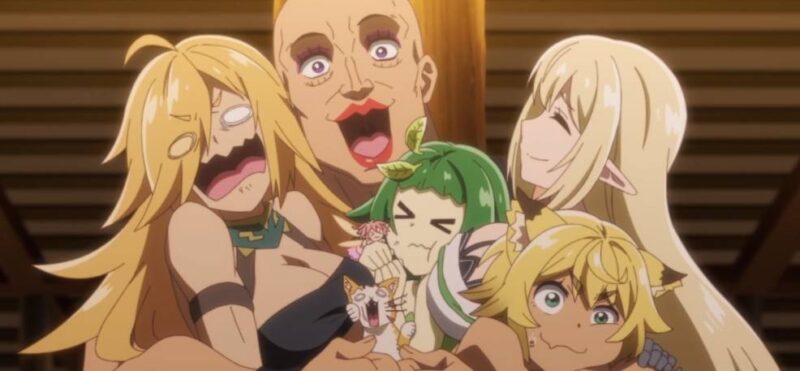
Anna’s cadence in Japanese matches what research into speech patterns and inflection have discovered. In studies of Japanese listeners, the pitch of women’s voices influenced emotional judgement of the speakers. This is why many female actresses speak in higher pitches than Western actresses. It’s deemed more emotionally attractive. Anime also adopts this into gay speech patterns. And research has show that people can judge sexual orientation with reasonable accuracy based on speech patterns and phonetic variations (Munson, 2007):
For gay men, this appeared to be due to an overall hyperarticulation of the vowel space. For women, this effect appeared to be limited to the vowels /u/ and /ɑ/. The lesbian and bisexual women produced retracted variants of these sounds compared to heterosexual women.
But:
[T]he gay men’s speech style does not appear to be a globally feminine speaking style, nor does the L / B [lesbian and bisexual] women’s speech appear to be globally masculine.
In other words, people hear sexual orientation and judge it separate from how masculine or feminine a person sounds. Gay and lesbian speech patterns act as a cultural marker and doesn’t related to physiology. The communities use speech in the same way racial and ethnic communities use their own in-group speech patterns, such as African-American vernacular English (Piepenburg, 2006). Lesbian speech patterns act as a form of resistance against societal-defined female norms, as another example. But the patterns are modeled after the patterns of the opposite sex (Munson, 2007):
Moreover, the specific ways in which GLB [Gay, Lesbian, and Bisexual]— and heterosexual-sounding people — differ are such that the GLB-sounding people have some speech characteristics that resemble the canonical patterns for the opposite sex. That is, listeners identify a talker as GLB-sounding when they hear him or her producing some speech sounds in a way that is characteristic of the opposite sex. The fact that the acoustic parameters associated with GLB-sounding speech are like those of the opposite sex means that these styles are in some sense, less masculine (for men) or less feminine (for women), though clearly not globally so.
This is why Anna models his speech patterns after the high-pitch Japanese female patterns. Interestingly, his design falls into the bara design and not the yaoi design. He is hyper-masculine and in a type of drag instead of more feminine leaning yaoi designs. Although all the research I could find about speech patterns was dated, many of anime’s portrayals of gay characters align with what these limited studies show.
Back to Beheneko
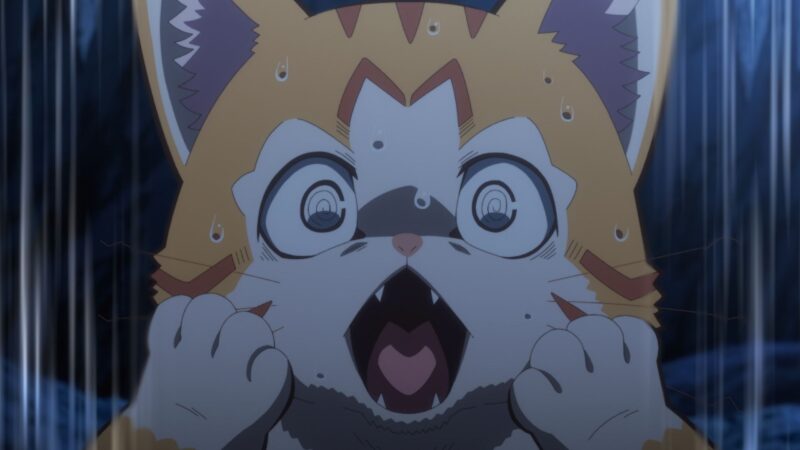
Beheneko‘s animation quality is poor, and it shows its priorities. A lot of frames are focused on breast physics, such as when Tama takes residence between Aria’s breasts. Action scenes are stiff and use cuts to try to convey some sort of action. Some of the more amusing combat scenes involve Aria’s use of her special acceleration ability. In the beginning of the series, she uses two swords–she would later move to daggers–which were said to slow down her movements. I chuckled to myself: “There’s two larger things which would slow down her movements!” The animators did add more gravity to their frame-focus than many other stories have. The boobs still don’t have enough gravity to make them look realistic, but ecchi isn’t about realism, and even in my limited exposure I’ve seen worse, antigravity designs. The contrast between the poorly animated action scenes and the frames used on the breast dynamics “bounces” off the screen. But most isekai have poor to moderate action animation. Budgets are limited, and anime faces time crunches. Not every animation can reach the experimental animation heights of .
Beheneko: The Elf-Girl’s Cat is Secretly an S-Ranked Monster! lacks depth, but it has some charming character interactions when it gets away from the ecchi stuff. But that stuff is what most people will watch this for. There’s questionable elements like bestiality and lolita. It doesn’t have as interesting character arcs as Gushing Over Magical Girls, opting instead for a cozy story that often ends with the girls bathing together after their adventure. I can’t recommend Beheneko for general anime watchers, but ecchi fans might enjoy it a lighter, junk-food watch. It doesn’t do anything daring or explore taboo topics like Gushing Over Magical Girls does. Aria’s desire to get in bed (beyond sleeping) with Tama appears time-to-time, almost as a reminder about her kinkiness, but in their fantasy world this also isn’t considered truly out-of-bounds. It feels more like a token taboo than going full-at-it as Gushing does. Removing this point wouldn’t change the story all that much. Tama’s relationship with Aria and how he supports her goals is a bright spot in the story.
References
Munson, B. (2007). The Acoustic Correlates of Perceived Masculinity, Perceived Femininity, and Perceived Sexual Orientation. Language & Speech, 50(1), 125–142. https://doi-org.oh0164.oplin.org/10.1177/00238309070500010601
Piepenburg, E. (2006). So What’s Wrong With a Little Lisp? Out, 14(8), 34–39.
